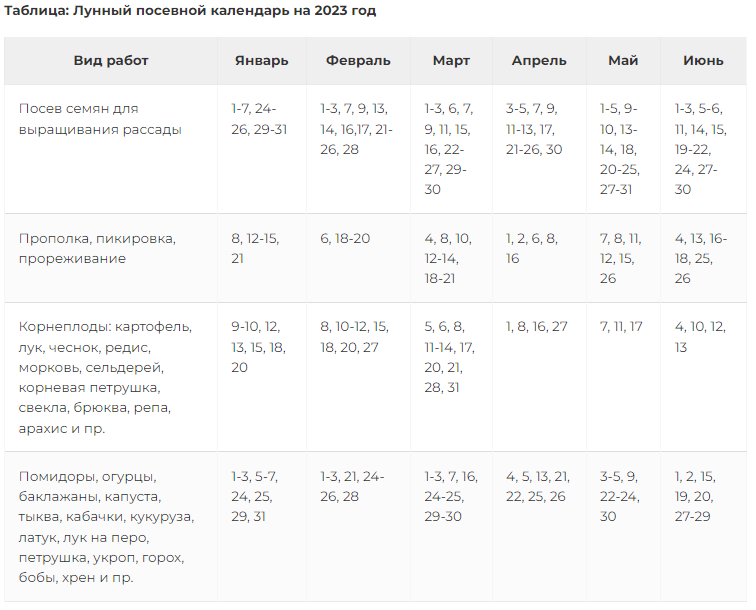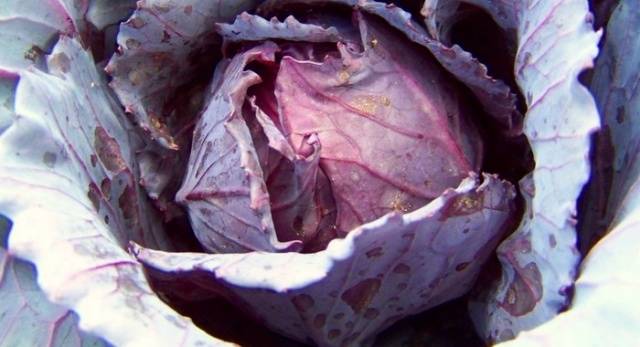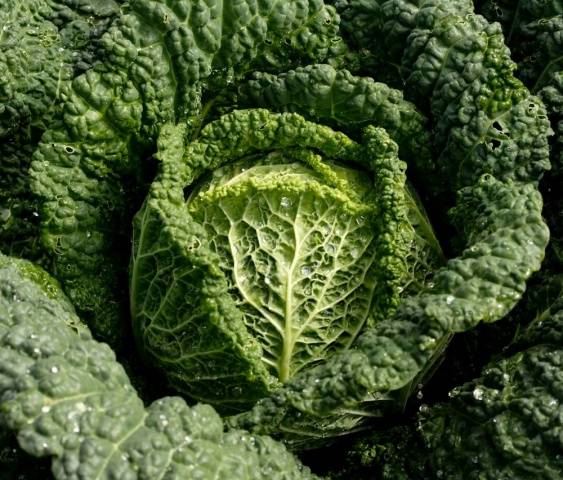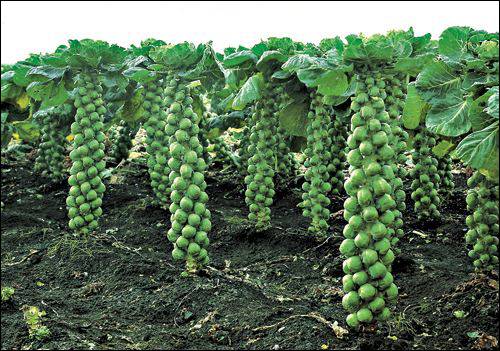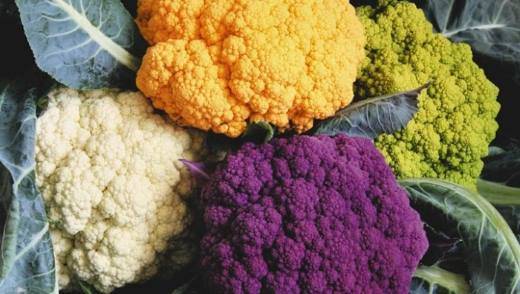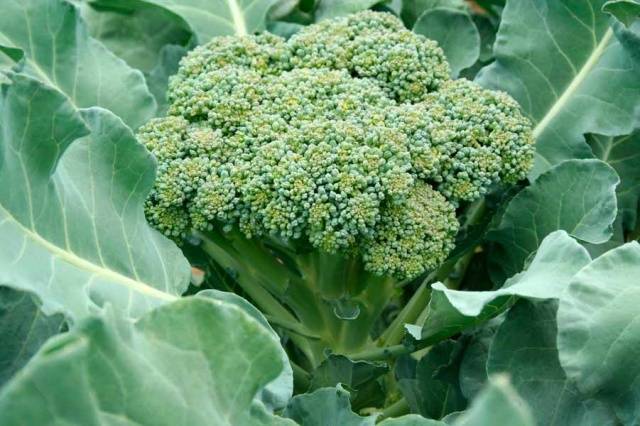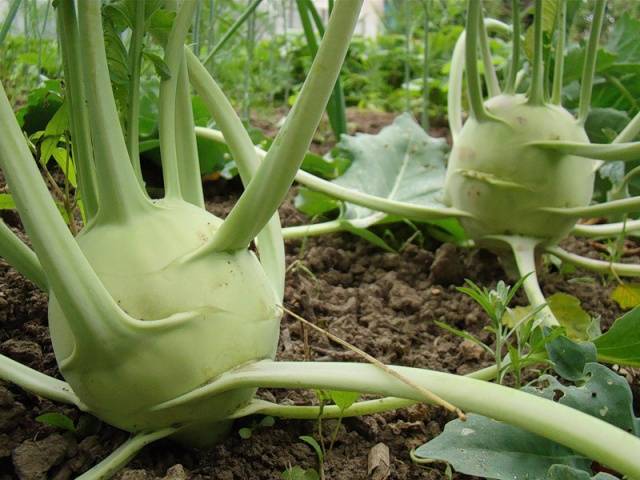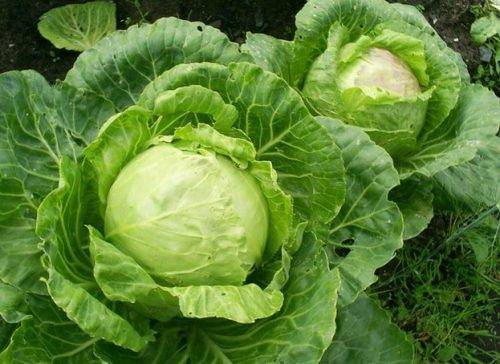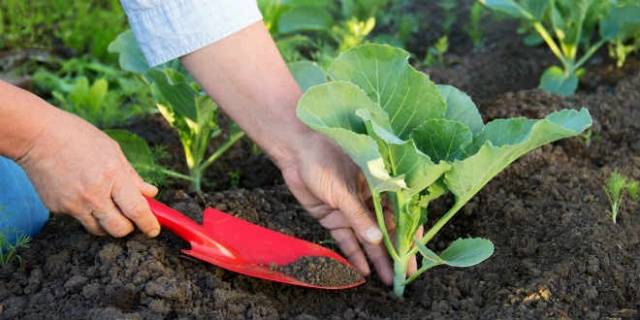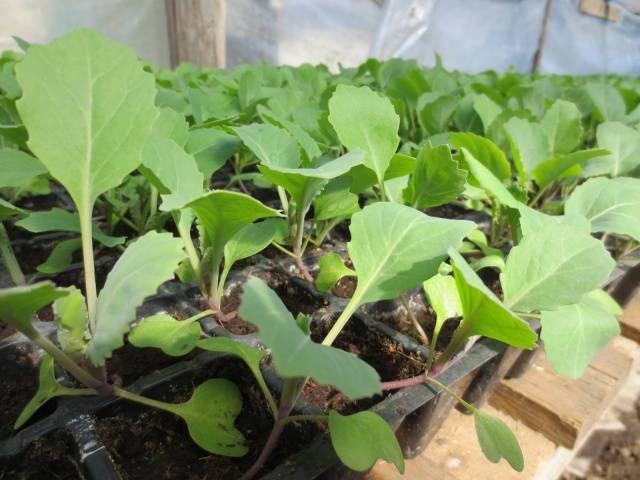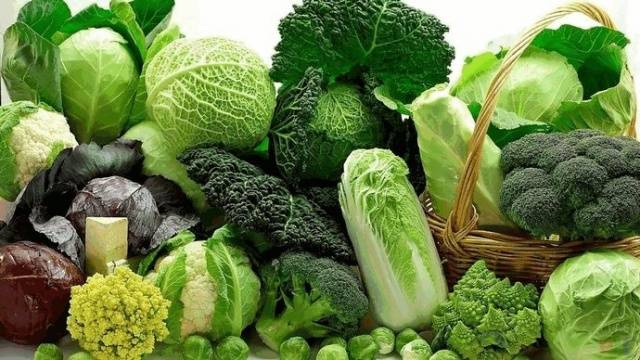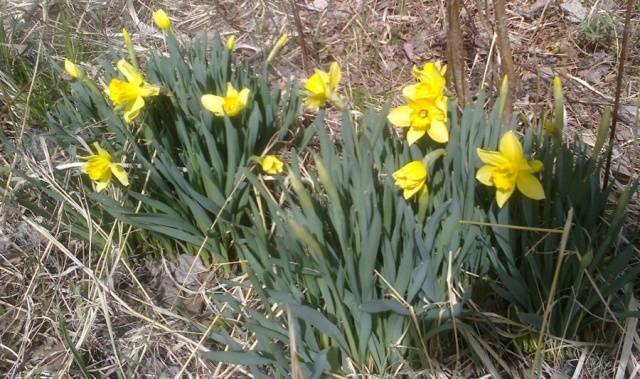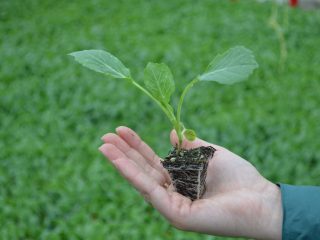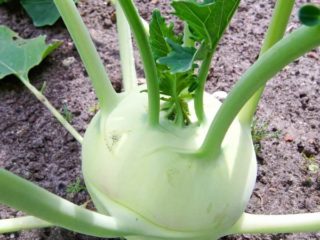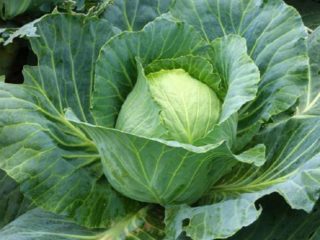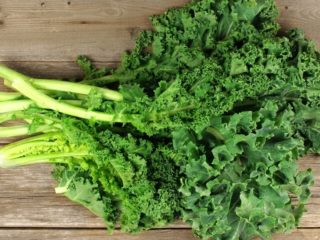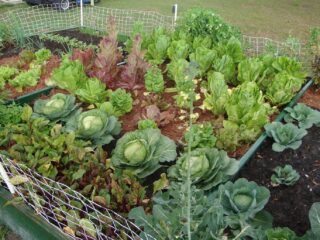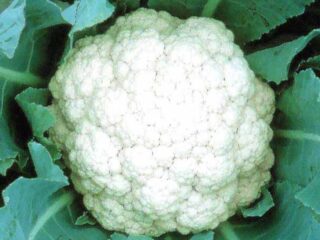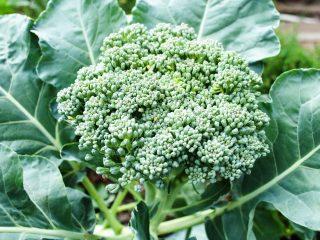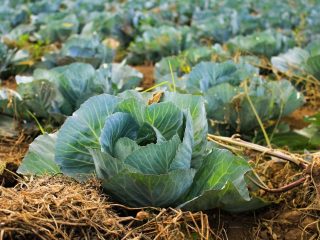Content
Sweet, crunchy, sour and spicy - all these are the characteristics of one vegetable that has been extremely popular in Russia since the times of Kievan Rus. After all, it is about dishes prepared from cabbage that the saying “It’s not a shame to serve it, and it’s not a shame to eat it.”
Cabbage is an absolutely universal vegetable, which is indispensable both in the daily menu and for preparing countless holiday pickles. Moreover, it can actually cure such complex diseases as stomach ulcers and gastritis. Since ancient times, the cultivation of cabbage in Rus' was accompanied by many rituals, in particular, only women, girls and girls were allowed to sow and plant this vegetable. There was a belief that if representatives of the male part of the population participated in sowing cabbage, it would not bear fruit. Of course, many of these customs and traditions are already outdated, but some of them can still be used, for example, signs and special days associated with sowing and planting cabbage seedlings.
And nowadays, gardeners often use the lunar calendar to choose the days most suitable for sowing this most useful vegetable. All this will be discussed in this article. But first, you need to get acquainted with its main characteristics.
Different types of cabbage and their characteristics
First of all, it should be noted that there are quite a few varieties of cabbage.
Red cabbage
In terms of growing conditions, it is very similar to its white cabbage relative, but has a much smaller distribution. Although, thanks to its unique properties, it deserves to be placed in the garden. It contains much more carotene and cyanidin, which regulate the activity of the heart and blood vessels and are powerful antioxidants. It suffers less from drought than white cabbage, but places increased demands on soil fertility. It makes very tasty pickles and marinated preparations.
Savoy cabbage
It is the most drought-resistant and at the same time frost-resistant of all types of cabbage. It is characterized by blistered, corrugated leaves and a rather loose head of cabbage. More demanding when it comes to feeding, even compared to white cabbage. But less than other species are exposed to diseases and pests.
It has several varieties: early and late varieties are distinguished based on ripening time. This cabbage cannot be fermented, but it is actively used for preparing second and first courses, as well as in salads. Especially useful for children and the elderly.
Brussels sprouts
A plant with a very original appearance, when many small heads of cabbage are formed on a rather thin and long cylindrical stem in the axils of the leaves. This species is quite resistant to low temperatures and easily tolerates frosts down to -7°C.
The growing season is comparable to average varieties of cabbage, that is, it is sown at approximately the same time. Heads of cabbage are often used for canning and freezing.
Cauliflower
This type of cabbage, original in appearance, eats modified inflorescences that can reach significant sizes - from 10 to 25 cm. The root system is superficial and not as well developed as in other species. This variety has the highest requirements for growing conditions. It is much more thermophilic than the others, and is the most demanding of soil fertility. It is especially picky about lighting conditions during the seedling period - it grows best under average daylight hours.
Broccoli
It is also called asparagus, although it is rather a close relative of cauliflower. The culture is distinguished by its high ability to remontant - that is, after cutting off the apical inflorescence, additional small heads appear in the axils of the lower leaves. This increases its productivity. Broccoli is much more resistant to cold than colored broccoli, can withstand frosts down to -7°C, is not so demanding on soil fertility, but is more sensitive to lack of moisture.It is even more precocious than the colored one, so it is often grown several times per season, including without seedlings.
Kohlrabi cabbage
One of the fastest ripening types of cabbage, it often ripens 2 months after sowing. Despite the general unpretentiousness of cultivation, it is quite sensitive to low temperatures. Contains the largest amount of vitamin C and other elements among all varieties. It can be sown until the beginning of July and grown without seedlings.
Calculation of timing of sowing seeds for seedlings
Even among the many varieties of white cabbage, there are three groups that differ in their characteristics:
- Early
- Average
- Late.
Early varieties (growing season from 70 to 110 days) are distinguished by their small size, loose heads, their yield is low - but they can be eaten already in June.
Medium varieties (growing season 111-145 days) are usually ideal for pickling and fermentation and, of course, for consumption during the summer.
Late varieties (growing season of 146 days or more) are best stored and therefore suitable for winter consumption. These varieties also make good sauerkraut. These are usually the most productive varieties.
Variety of cabbage | Growing season (days) | Age of seedlings at the time of planting (days) |
|---|---|---|
Early cabbage | 70-110 | 45-60 |
Medium cabbage | 111-145 | 35-45 |
Late cabbage | More than 146 | 30-35 |
Savoy | 108-142 | 35-45 |
Brussels | 120-150 | 45-50 |
Colored | 100-150 | 40-45 |
Broccoli | 65-80 | 35-45 |
Kohlrabi | 60-70 | 30-35 |
As can be seen from the table above, the age of later cabbage varieties when planted can be half as old as earlier ones.Therefore, if you plant seedlings in the ground at approximately the same time, it is clear that for early varieties the time when can you sow cabbage for seedlings will be very different.
Planting cabbage seedlings in the ground It is accepted when the soil is already sufficiently ripe so that the plants quickly begin to grow immediately after planting. The average air temperature usually exceeds +10°C-+12°C. In different regions of Russia, these terms can, of course, vary greatly. In the middle zone, this is usually done during May, sometimes from the end of April if spring is early and warm.
However, if you have the opportunity to protect the plants with covering material, then you can plant it at an earlier date.
Therefore, the following dates are optimal for sowing seeds of various types of cabbage in the middle zone.
For the southern regions of Russia, all deadlines will accordingly be shifted a month to a month and a half earlier than indicated in the table. For the regions of the Urals and Siberia, on the contrary, the deadlines may be shifted several weeks later. Using all the above data, it is easy to create your own sowing calendar for different types of cabbage for 2023.
Using the lunar calendar
To determine more accurately the days when you can sow cabbage for seedlings, it is advisable to use the lunar calendar. After all, there are days when sowing cabbage, or any other crops, is simply contraindicated, and, having sowed during these periods, you can be left completely without a harvest. To prevent this from happening, you need to find out when you can sow cabbage according to the lunar calendar.
The fact is that the moon has four main phases:
- New Moon (lasts three days);
- Waxing moon (lasts from the end of the new moon to the full moon);
- Full Moon (lasts three days);
- Waning moon (lasts from the end of the full moon to the new moon).
The period of the new moon, as well as the full moon, covers one day before and after the most specific date indicated on the calendar.
It should be well understood that the periods of the new moon and full moon are completely unsuitable for sowing, replanting and, in general, any actions with plants. At these moments, all living things seem to freeze and prepare for a change of period.
It is strictly not recommended to plan any work with plants on these six days of each month. These days are the most important, and you can always find them out in any lunar calendar for 2023.
It was also noticed that during the waxing moon it is very good to work with all plants whose fruits grow above the surface of the earth. And, conversely, for all work with root crops growing in the ground, the time of the waning moon is perfect. From this we can conclude that it is advisable to plant cabbage seedlings and plant them in the ground during the waxing moon.
There are also so-called days when the moon passes through different signs of the zodiac.Here it is advisable to remember only that the days when the moon is in the signs of Leo, Aquarius, Sagittarius, Aries and Gemini are considered unproductive. These days, cabbage is usually not sown for seedlings according to the lunar calendar.
All other days are more or less suitable for sowing cabbage.
Folk signs and holidays
Cabbage is such a beloved crop that the Slavic peoples have long developed various signs that allow them to determine when to plant cabbage.
The first such holiday is Arina (Irina) - a nursery, which is celebrated on April 29 (according to the old style, April 16). This holiday is dedicated to the three sisters of Thessaloniki - the martyrs Agapia, Khione and Irina. On this day, it was customary to plant cabbage seedlings, as well as sow seeds in the ground under shelter.
It is interesting that in the folk calendar there is a second Irina the nursery. This day, celebrated on May 18 (May 5, old style), is called Irina the Cabbage Girl. It is celebrated in honor of Irina the Great and got its name from the fact that from that day on in Rus' it was customary to plant cabbage seedlings in open ground.
There is another holiday associated with sowing vegetables in general, and cabbage in particular. On May 16, the feast of Martha the Nursery is celebrated. The day is considered favorable for planting many vegetables, both seeds and seedlings.
The timing of sowing and planting cabbage has long been associated with the growth and flowering of wild herbs and trees. And these observations may well help modern gardeners, since wild plants have adapted well to weather conditions and often know much better than people what condition the soil is in and whether it is ready to accept seedlings.
Below are some basic tips that can help you navigate when planting seedlings:
- If the leaves on the birch tree reach the size of a small coin, you can plant seedlings of white cabbage varieties.
- If the daffodils have bloomed, it’s time to plant early seedlings and cauliflower in open ground.
- If the irises have bloomed, you can plant Brussels sprouts seedlings in the ground.
If you use all the above information, it turns out that there will not be many days left for sowing and planting cabbage. But by following all these tips, and being sure to comply with all the basic agronomic requirements, you can be sure that the heads of cabbage will grow large, dense, juicy and tasty.
